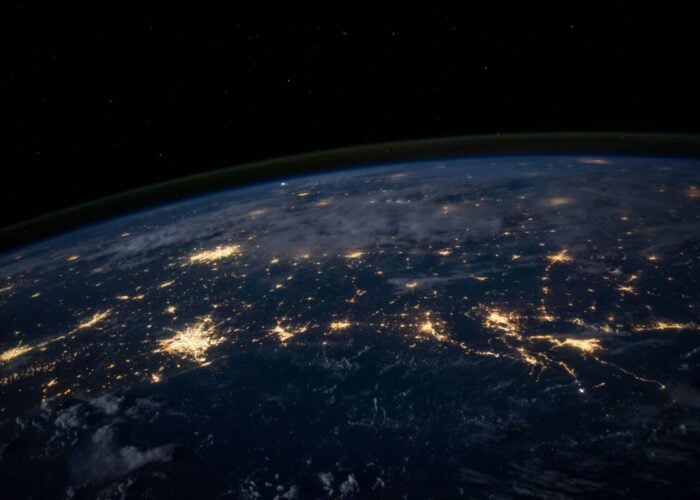
Global solar PV deployment is on track to grow by 17% this year despite surging commodity prices increasing manufacturing costs, according to the International Energy Agency (IEA).
With utility-scale solar providing the lowest cost of adding new electricity capacity in the significant majority of countries worldwide, especially in the context of increasing natural gas prices, the IEA expects 156.1GW of PV to be added globally in 2021.
Unlock unlimited access for 12 whole months of distinctive global analysis
Photovoltaics International is now included.
- Regular insight and analysis of the industry’s biggest developments
- In-depth interviews with the industry’s leading figures
- Unlimited digital access to the PV Tech Power journal catalogue
- Unlimited digital access to the Photovoltaics International journal catalogue
- Access to more than 1,000 technical papers
- Discounts on Solar Media’s portfolio of events, in-person and virtual
While this represents a new record, the figure falls below other deployment forecasts, with research organisation BloombergNEF estimating that 191GW of new solar will be installed this year. By comparison, research firm IHS Markit is forecasting 171GW of solar installs in 2021 and trade association SolarPower Europe’s medium scenario deployment figure is 163.2GW.
Nonetheless, in its annual Renewables Market Report, published today, the IEA said solar PV “remains the powerhouse of growth” in renewable electricity, driven by stronger support from government policies and more ambitious clean energy goals announced at the COP26 Climate Change Conference.
Renewables are set to account for almost 95% of the increase in global power capacity by 2026, with solar PV alone providing more than half, with total installed PV capacity growing from around 894GW this year to 1.826TW in 2026, according to the report.
Record renewables additions this year are another sign that a new global energy economy is emerging, said IEA executive director Fatih Birol. “The high commodity and energy prices we are seeing today pose new challenges for the renewable industry, but elevated fossil fuel prices also make renewables even more competitive,” he said.
The IEA also presented an accelerated case, which assumed that governments address areas such as permitting, grid integration and lack of remuneration and targeted policy support for flexibility. That scenario would see 177.5GW of solar PV deployed this year.
Despite solar’s rise, projected renewables additions are far short of what is needed in a global pathway to net zero emissions by mid-century. That would require renewable power capacity additions between 2021 and 2026 to average almost double the rate of the report’s main case.
In the IEA’s flagship World Energy Outlook published in October, it was revealed that annual global solar PV additions between 2020 and 2030 would need to average 422GW in the organisation’s net zero by 2050 pathway.
Headwinds from commodity prices
Current increases in commodity prices have put upward pressure on investment costs, the IEA said in its latest report, while the availability of raw materials and rising electricity prices in some markets pose additional challenges for solar PV manufacturers in the short term.
Since the beginning of 2020, prices for PV-grade polysilicon are said to have more than quadrupled, steel has increased by 50%, aluminium by 80% and copper by 60%. This has been compounded by massive increases in freight fees from China to Europe and North America, in some cases ten-fold.
The IEA estimated that commodities and freight costs make up about 15% of total utility-scale solar PV investment costs and suggested that the overall investment cost of utility-scale PV plants could increase by around 25%, based on a comparison of average commodity prices between 2019 and 2021.
While the hike in commodity and freights cost has already impacted contract prices in government-run auctions – markets such as Spain and India have seen higher contract prices this year – the IEA said upward price trends for equipment needed for PV plants pose a challenge to developers that won bids in auctions anticipating continuous declines in module costs.
Around 100GW of awarded but yet-to-be commissioned solar PV and wind capacity from 2019 and 2021 is at risk of the commodity price shock, potentially leading to commissioning delays, according to the IEA.
Nonetheless, commodity price increases are said to have had a limited impact on demand for new capacity, with governments making no major policy changes of cancelling auctions, while corporate buying is on pace to break another year-on-year record.
Although there is a risk of a prolonged period of high commodity prices, the IEA said that if commodity and freight prices do moderate in the near future, the cost reduction trend of solar PV would continue and the long-term impact on the demand for the technology may be minimal.







